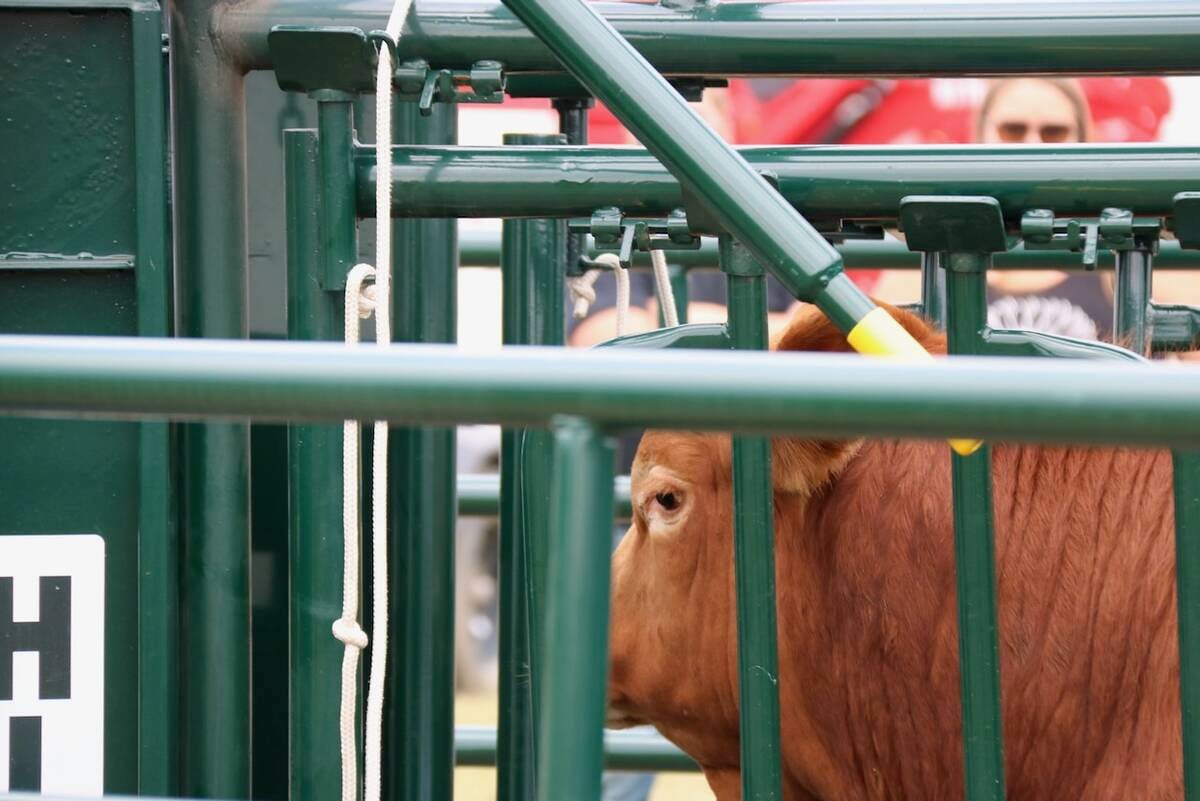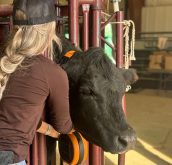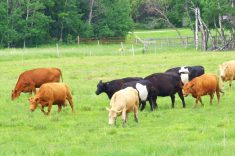B.C. Cattlemen’s Association considers developing the technology its members would need through a Canadian company
The British Columbia Cattlemen’s Association is exploring the use of virtual fences as part of a potential made-in-Canada solution to help the province’s beef producers.
“I think that to me, virtual fencing … is probably the greatest opportunity for us in cattle management since barbed wire got invented and the post,” said general manager Kevin Boon.
He spoke as part of a recent panel discussion on virtual fences at the AgSmart expo at Olds College in Alberta. He said constructing physical fences is something no rancher ever wants to do, particularly in a mountainous province that is as unfriendly to fences as B.C.
Read Also

Good handling equipment a must on cattle operations
It’s important for the safety of producers and everyone else dealing with their stock that handling equipment is functional and safe.
“You’ve got to build it in the first place, it costs money, it takes work, and then you’ve got to maintain it, and after 30 to 35 years, you’ve got to rebuild. It’d sure be nice to stick a collar on (cattle) and plug into your computer and be able to manage those where they’re at.”
Boon said during an interview the association is considering developing such technology through a Canadian company, which he declined to identify because the project is still in its infancy. The initiative also includes Telus, which launched the Telus Agriculture business unit in 2020, he said.
“They’re not there in a financial way right now, but they’re there for knowledge and for that partnering and for helping us develop it if we get to that commercialization stage.”
Fifteen prototypes involving collars were built last year, said Boon. “And we successfully had four of them working in the field, but not in a manner where we could actually use them … we were just testing to see if we could get a useable collar.”
The prototypes use audio cues and electric shocks to keep cattle within digital boundaries that make up the virtual fences, he said.
“I’m not an animal behaviorist and I’m not a technological guy, but I know I don’t want to build a (physical) fence for the rest of my life.”
Due to wildfires last year, B.C. ranchers lost about 1,500 kilometres of fences that will cost as much as $38 million to replace, he told the panel. The problem has added to the ongoing headache of trying to locate and herd cattle in some of the most rugged terrain in Canada.
As someone who once ranched in Alberta, Boon took for granted being able to see his cattle anytime he wanted, he said in the interview. However, when he moved to B.C., “I talked about going out to see a guy’s cows and he’d say, ‘yeah, OK, come back the middle of October, they’ll be home … I have no idea where they’re at’.”
Much of the summer grazing relied on by many B.C. beef producers involves crown land, he told the panel.
“So, we’ve got some of the best grazing after the fires that we’re ever going to see there, but we can’t access it because we can’t contain the cows.”
Ranchers are facing increasing pressure to avoid practices that are perceived to have a negative environmental impact on crown land, he said. It includes keeping cattle away from sensitive riparian areas near rivers or streams, he added.
A Norwegian company called Nofence has collars that use GPS to determine the location of cattle, which producers can then track via cellular or mobile networks using a smartphone app. The networks can also be used to communicate with the collars to change the boundaries of virtual fences as needed.
B.C. ranchers could potentially use such technology to herd cattle away from wildfires, said Boon. They could establish a virtual fence around the perimeter of a wildfire and start expanding the digital boundary away from the blaze, moving cattle to safety.
However, access to cellular networks can be uneven to non-existent in rural areas, particularly in mountainous ones such as in B.C. It means many producers won’t really be able to use such collars as cattle management tools, said Boon.
The B.C. Cattlemen’s Association is looking at potential solutions such as booster towers to improve access to cellular networks, he said. “But no matter what we do in the mountains, we’re not going to get them all and even satellite … you’ll get breaks when you’re in the mountains because you’re going behind a mountain and you lose that coverage.”
However, he expected the situation will eventually improve with advances in technology. He pointed to what has been achieved by billionaire entrepreneur Elon Musk’s Starlink satellite system, which aims to provide internet access anywhere on Earth.
“With anything, it’s going to get better as we go along … and so this is part of it. It’s an evolution, but we’ve got to make the first breakthrough first.”
















